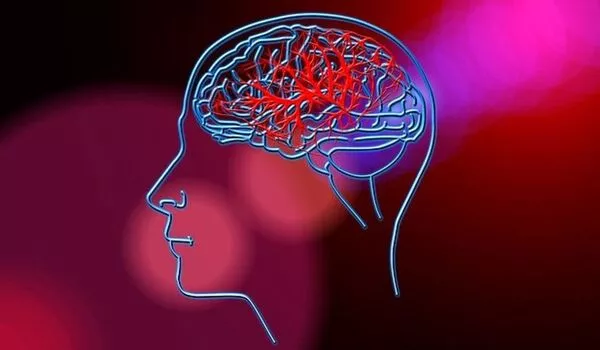Researchers have developed a new method for delivering drugs to brain tumors in children that involves using a type of nanoparticle called “lipid-calcium-phosphate” (LCP) nanoparticles. These nanoparticles are designed to carry drugs directly to brain tumors while avoiding healthy brain tissue.
Researchers at Mount Sinai Health System and Memorial Sloan Kettering Cancer Center have developed a new drug delivery strategy that employs nanoparticles to enable more effective and targeted delivery of anti-cancer drugs to children with brain tumors.
The technology enables the targeted delivery of anti-cancer drugs to specific brain tumor locations while sparing normal brain regions. According to their study, published in Nature Materials, the result is improved anti-cancer drug efficacy and reduced toxicities.
“We show that we can more successfully deliver lower doses of the drug in a more effective manner to the specific sites of tumor within the brain, while sparing the bone toxicity that is seen in younger patients,” says Praveen Raju, MD, PhD, Co-Director of the Children’s Brain and Spinal Tumor Center at Mount Sinai Kravis Children’s Hospital, and senior author of the study.
We show that we can more successfully deliver lower doses of the drug in a more effective manner to the specific sites of tumor within the brain, while sparing the bone toxicity that is seen in younger patients.
Praveen Raju
Medulloblastoma is the most common malignant pediatric brain tumor, accounting for approximately 20% of all pediatric brain tumors. It is extremely aggressive and difficult to treat, and nearly 30% of patients are considered incurable. Even “cured” children have severe long-term disabilities and health issues, owing to the harmful side effects of radiation and chemotherapy. A distinct and highly regulated blood-brain barrier, which normally protects the brain from infections or other harmful substances, impedes site-directed drug delivery to the affected brain tissue.
The researchers used a normal mechanism that the immune system uses to transport white blood cells to sites of infection, inflammation, or tissue injury in this study. Rather than randomly sending immune cells throughout the body, immune cells use a homing mechanism on activated blood vessels to go where they are needed. The researchers used this distinct homing feature, which is also found in brain tumor blood vessels, to direct drug-loaded nanoparticles to the site of the disease rather than to normal brain regions.

Using the new drug delivery platform in a genetically relevant mouse model of medulloblastoma, the research team was able to enhance the efficacy of an anti-cancer drug that could potentially be useful for a subset of medulloblastoma patients, but which is currently limited by the bone toxicity it secondarily creates in children.
“We also demonstrated that this targeted drug delivery approach is enhanced by very-low-dose radiation, which is already a standard therapy for most children and adults with primary and metastatic brain tumors,” says Dr. Raju, Associate Professor of Neurology, Neuroscience, and Pediatrics at Icahn School of Medicine at Mount Sinai. “Most importantly, our blood-brain barrier drug delivery approach has the potential to improve drug delivery for other pediatric brain tumors and localized brain diseases in both children and adults, such as focal epilepsy, multiple sclerosis, stroke, and possibly neurodegenerative disorders.”
“Certain proteins appear on blood vessels at sites of inflammation that help white blood cells exit the bloodstream. They work like police officers at the site of a car accident, who let in emergency personnel to help,” says Daniel Heller, Ph.D., Head of the Cancer Nanomedicine Laboratory and Member in the Molecular Pharmacology Program at Memorial Sloan Kettering Cancer Center, and senior author on the study. “We sent in our own emergency personnel, in the form of drug-loaded nanoparticles, composed of certain sugar molecules that can target these same proteins.”
The researchers believe that further research and development of this method for harnessing and improving the transport of materials across the blood-brain barrier and other sites will be critical in improving the efficacy of several classes of approved and experimental therapeutics. This drug delivery platform has the potential to treat brain and other cancers, as well as other inflammation-related diseases in the central nervous system and elsewhere.





